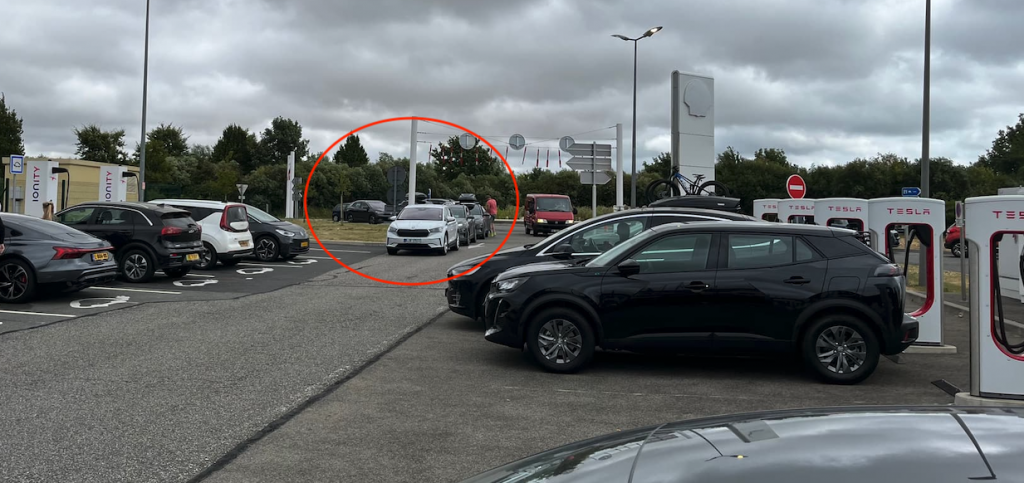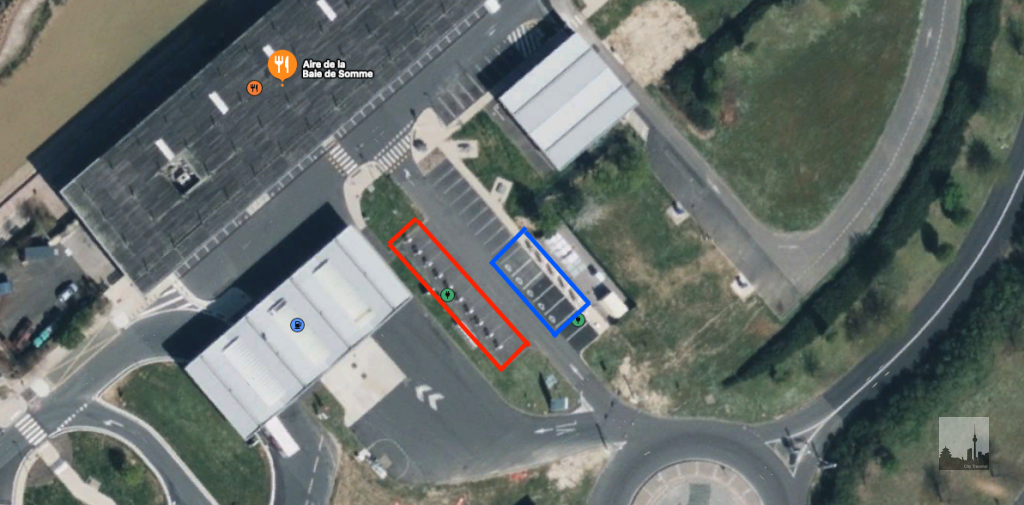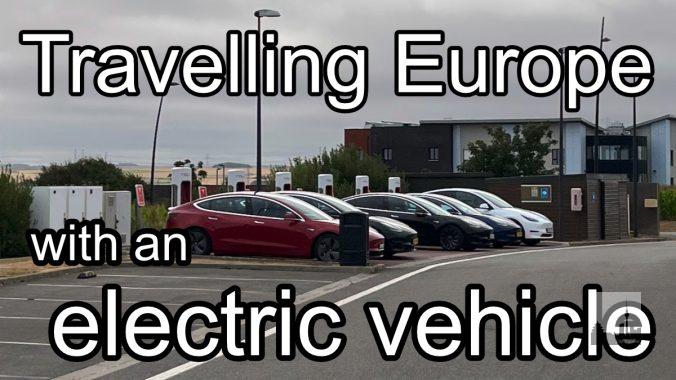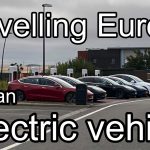Travelling with an electric vehicle (EV), especially longer trips, seems to scare a lot of people. We went on our first long trip to see for ourselves.
Estimated reading time: 5 minutes
The planned route was Netherlands to Belgium to Paris and later on we decided to add Switzerland to the list.
We drive a Tesla Model 3 which has – compared to other electric vehicles – the advantage of the Tesla Superchargers. We get back to this point later because it did affect our experience in a positive way.
Netherlands
Using an EV in the Netherlands is easy. There are thousands of charging points in the cities. Even in parking garages you can find a lot of chargers.
For example: Rotterdam City Centre alone has around 1000 charging points. Amsterdam and Utrecht are counting more than 3000 chargers in the city and the near area.
Due to the smaller size of the country, travelling from one city to another does not take long. Charging at the next destination is nothing to worry about. Also, the speed limit helps a lot to save energy which can be crucial on longer trips.
It is pretty safe to say, using an electric vehicle in the Netherlands is not a big deal at all.
Charging Points in Belgium
In Belgium it is a bit different. There are a lot of AC chargers, but mostly with just 2 charging points. It is neither easy to find a free spot nor are they clustered in parking garages like in the Netherlands. On our way to Ghent we stopped at a gas station on the motorway where Fastned had built a station approximately 50m away.
Despite the quantity of chargers available in Belgium, we couldn’t find one in the city centre of Ghent without using an app like Chargemap. Same situation in Bruges.
Don’t get me wrong here, we never had to worry about charging, but we didn’t find it as convenient as in the Netherlands, where, if you want to visit a place, park your car and a charger is right there.
All critique aside, Belgium is still easy to travel with an electric vehicle.
Electric vehicles in France
Travelling through France is another story. This country is so much bigger and the distances between destinations are mostly so long that service stations are needed.
Every bigger service station seems to have charging points and Tesla builds Superchargers at every one of them.
Why am I bringing this up?
The charging points are there but they are just not enough. We stopped at Aire de la Baie de Somme and fortunately we were able to use the Superchargers because there are also 5 more Ionity chargers where around 15 cars were waiting in line into the roundabout traffic.

As you can see in the example above, this is currently the biggest problem with electric mobility. It’s not the missing places where you can charge your car, it’s the missing effort to provide enough spots at certain times of the day, week or year.

Thanks to Tesla’s Superchargers, on the 3000+ km trip we have been on, we have not even had to wait once to plug in and charge. If you don’t drive a Tesla it is possible to use Superchargers on selected locations. Might be a bit pricey, but not waiting in line for an hour or more might be worth it, especially on vacation trips.
Charging in Paris
Our next stop was Paris. You can see a lot of EVs here and it seems that people kind of thought that through. You can find easy access charging stations next to parking lots on bigger streets. As you can see on the screenshot below, those parking lots are reserved for customers and where mostly free.

We couldn’t find a station for fast charging (50+kW) in the city centre. But it is worth mentioning that there is a Supercharger (16 stalls, 250kW) for all CCS-combatible cars in the south of Paris.
Conclusion
Our trip went very well and at no point was there any problem with charging our car. Everything was doable and we always arrived relaxed and safe at our destination. Using apps like ChargeMap or Bonnet is definitely a must, otherwise you will get lost in bigger cities, especially when you don’t know how the local charging stations look like.
To clear one thing up: the brand of your car doesn’t matter. Driving a Tesla was – as mentioned above – a big plus on the long distances because Superchargers are very reliable and always come in higher numbers. Hence waiting time reduces from a few minutes to none. That being said, I think it is worth downloading the Tesla App and check out the conditions and locations for using Superchargers for non-Tesla cars.




